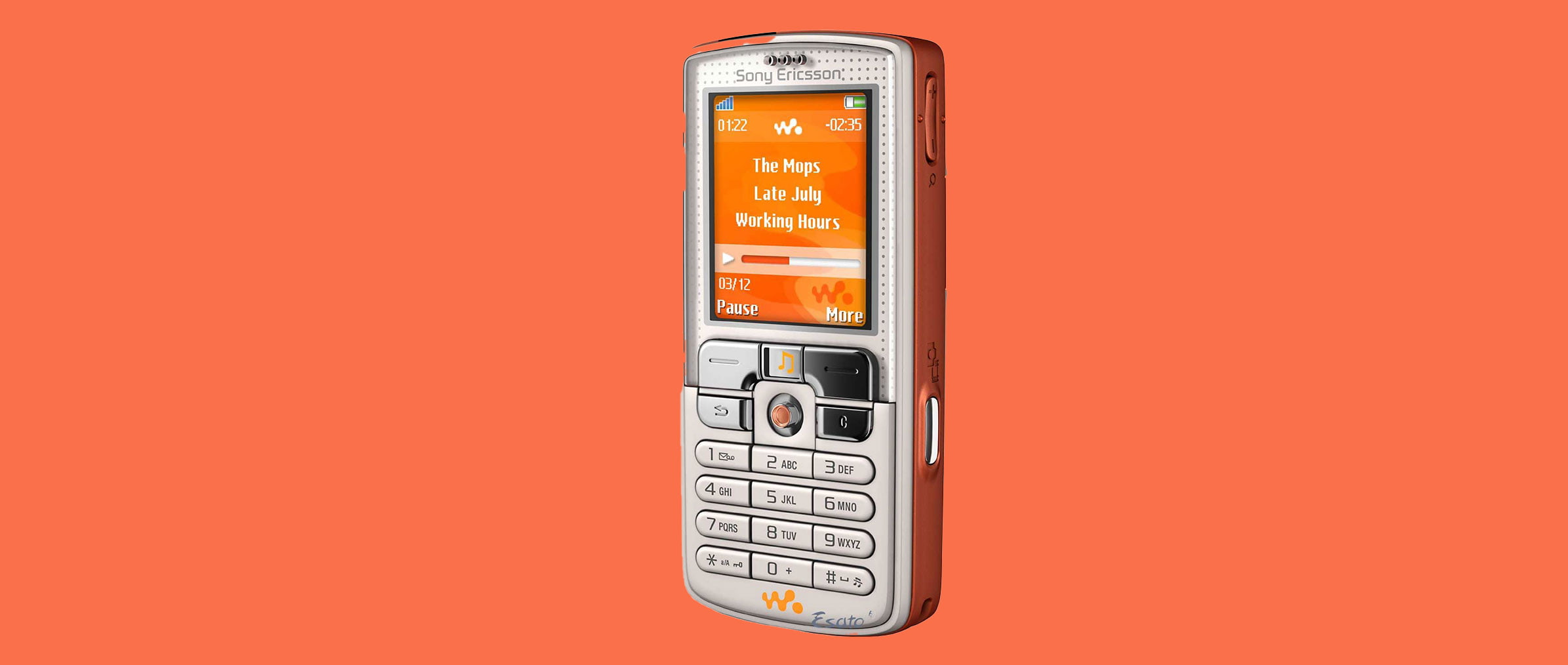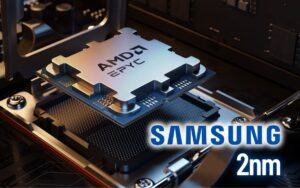
In the mid-2000s, cell phones equipped with cameras were already a reality, and the industry, in its never-ending quest to maintain interest and attract more consumers, turned to another segment that is also always welcome: music. Following the evolution of ringtones, the famous polyphonic ringtones, for tuetones, excerpts of songs in MP3.
Do you remember the time when many people loved to put an mp3 as a ringtone on their cell phone? It was also a way of showing that their model had this capability.
While operators focused their efforts on services for selling songs, some manufacturers invested heavily in launching products that could elevate the experience of enjoying good music on a cell phone. And who better than Sonysimply the brand that launched the Walkmanat the end of the 70s, to contribute to this idea?
As Sony Ericsson explained at the time, the idea was to have a device capable of taking the place left by Walkmans and reviving that success.
Riding the waves in style
In March 2005, already operating in partnership with the Swedish Ericssonthrough a joint venture established in 2001, the company brought together the best of both worlds. The Sony Ericsson cell phone with the Walkman brand, then became the famous Sony Ericsson W800, which remains, in my humble opinion, one of the highest points of what has been done best in terms of design in the history of cell phones.
In addition to the weight of having the Walkman name linked to the product, even physically, since the typography appeared on the side of the cell phone, and the brand logo was also present at the bottom and close to the main access buttons, The device also opted for a killer combination of white and orange. It definitely didn’t go unnoticed.
Sony was not alone in this investment in the sound potential of the devices, another giant, the South Korean Samsung, also showed this year the SCH-V770which even had a scanner function to digitize business cards and a 7 megapixel camera (the Sony model had 2 Megapixels).

First Walkman Phone
The Walkman W800 was the first model of what became known as the “Walkman Phone”the starting point for a line that gained other models over the following years.
It arrived in Brazil in August 2005, cost around R$2,000 (in its prepaid version), and competed in the market with other models focused on a good sound experience, such as the Vibefrom Gradiente, and the Music Shot MX500da LG.


Since this is a music-focused model, the device also did not disappoint in terms of its ability to play tracks. Reviews at the time highlighted the excellent performance of the internal speakers.
“The tracks sound very clean and crisp, with an excellent amount of high bass. Again, the volume level is very high, but the tracks remain clear even at high volumes.”, featured this Phone Arena review. The cell phone also came with a good pair of headphones.
Regarding the speed of track transfers, this analysis from CNET gave the example of sending 40.4 MB in mp3 tracks, using the Dis2Phone software, already included. The total time was 3 minutes and 30 seconds.

In addition to the orange details on the phone’s structure, the tone was also used on the background screen of the interface that the user encountered when navigating through the functions, in addition to betting on very beautiful and modern icons to represent the available function options, displayed on the TFT LCD screen with a resolution of 176 x 220 pixels. The 2 MP camera, with 4x digital zoom, allowed taking photos in the following resolutions: 1632×1224, 640×480 and 160×120.
With only 34 MB of internal memory, Sony placed great emphasis on the possibility of expanding storage with a Memory Stick Duo Pro card, the company’s proprietary standard, of up to 2 GB, enough to store hundreds of MP3 tracks. The W800 came standard with a 512 MB card.

The device measured 100x46x20.5mm, weighed 99 grams, had support for FM radio, Bluetooth 2.0, infrared and the battery was 900 mAh, promising autonomy of up to 19 hours of music playback. In addition to MP3, the W800 was also compatible with AAC. Another detail was the removable battery and the two pre-installed Java games: PuzzleSlider and QuadraPop.
In the orange area surrounding the device there were quick access buttons. Button to quickly take a photo, volume control, play-pause, and device shutdown. In addition to the area for the Micro Stick Duo Pro card and USB 2.0 (with proprietary connector).
The product’s design became even more “Instagrammable” (at a time when that term didn’t even exist) when it was complemented with some accessories to enhance the cell phone’s sound capacity, such as the MDS-60 speaker dock, also launched by Sony Ericsson.

Do you remember this iconic Sony Ericsson model? Comment below.
You should read it too!
7 best-selling cell phones of all time
Source: https://www.hardware.com.br/noticias/walkman-phone-relembrando-o-classico-sony-ericsson-w800.html


